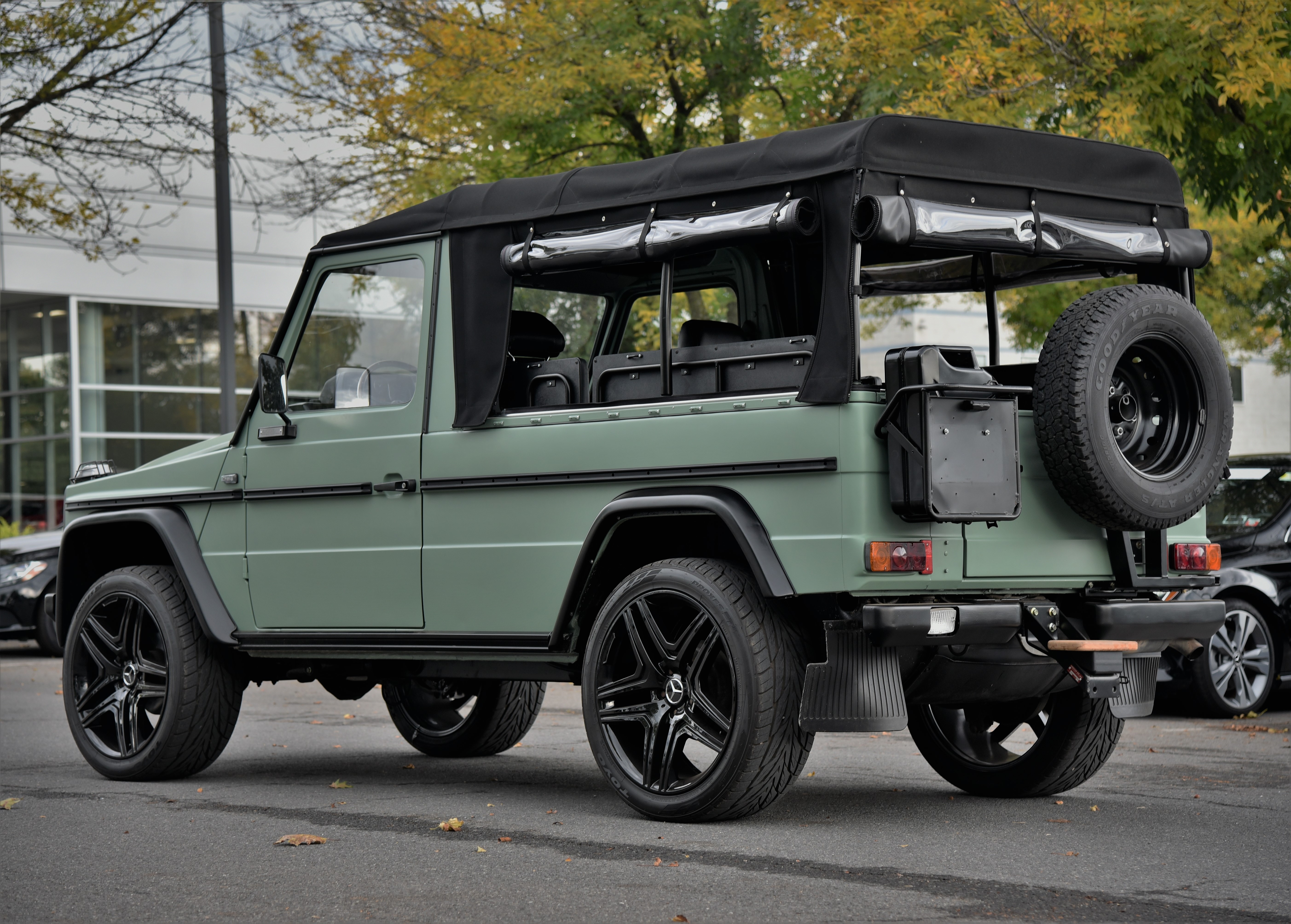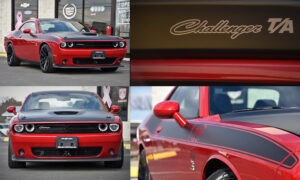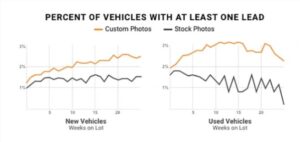PHOTOGRAPHY TO CAPTURE THE IMAGINATION OF OWNERSHIP!
In the ever changing world of auto sales you MUST stand out from your competition. REAL photos of your entire inventory will drive REAL leads to your sales team. Consider these stats and suggestions recently sent out by dealer.com:
By Casey Corcoran, Lead Product Analyst & Jeffrey Pierce, Sr. Director, UX
Key Take-Aways
- 90% of customers say photos are an important aspect in their shopping journey1
- New car listings using actual photos are 30% more likely to get a lead2
- The likelihood increases to 40% with used/certified vehicles with actual photos2
- VDP visitors who interact with photos are 16% more likely to submit an inventory lead than those who do not interact with photos3
Shoppers Want to See the Nitty-Gritty Details
We all know the old saying, a picture is worth a thousand words, and nowhere is this truer than on websites. Countless cross-industry studies have posited that most web users don’t read, they scan for content relevant to their goals. If these users come across a photo, it helps lock in what they’ve seen. Renowned scientist and “Brain Rules” author John Medina states,
“We are incredible at remembering pictures. Hear a piece of information, and three days later you’ll remember 10% of it. Add a picture and you’ll remember 65%. Pictures beat text as well, in part because reading is so inefficient for us. Our brain sees words as lots of tiny pictures, and we have to identify certain features in the letters to be able to read them. That takes time.”
With the pandemic still top-of-mind and social distancing restriction still in place, car shoppers are more likely than ever to start their shopping journey online, pushing first impressions and contact to the digital storefront. A recent Cox Automotive study found that 83% of car shoppers prefer to do at least one step online and 57% engage with online penciling and purchasing functionality.5 During this shift to remote shopping, photo engagement has increased 11% since last year.6 When a shopper is unable to see what a vehicle actually looks like, dents and all, they have a harder time making an emotional connection, limiting their desire to commit. Harvard Business Review found that customers who have an emotional connection to a product or brand bring 52% more value to those brands than those who are just “satisfied” with their experience.7 In contrast, viewing real photos can build a sense of transparency and trust in your brand. If you bring in more transparency in pricing as well, quality visits increase even more.8
Not having “real” photos not only breaks your customers’ expectations, but can also hurt your customers’ online experiences. Poor or stock imagery is in the top five things shoppers complain about in our long running satisfaction survey. [source] We hear negative sentiments about stock photos regularly in our user interviews:
“These [stock] photos I always find really confusing, I don’t feel like I need to see what the car should look like. I want to see what the car actually looks like.”
Real Photos Improve Key Website Metrics
While keeping customers happy and informed should be enough motivation to use quality photography, actual vehicle shots can have a huge impact on your website’s performance as well.
Best Practices for Vehicle Images on Your Site
What does this mean for your dealership? Here are some practical tips to get the most out of your photos and delight your customers.
- Use actual photos. Obviously, the first thing to do is use actual photos of the vehicle whenever possible, especially on used vehicles. On site where over 65% of inventory feature real photos, customers have~5% longer visit time, see ~20% more VDPs, and see ~5% more SRPs.3 That said, a stock photo is better than no photo.
- Use a diverse set of images. You might be surprised to discover that the top five types photos that car shoppers ask for are all interior shots. [source] This is not to say exterior photos are not important, but the inclusion of interior photos is high on the list for successful marketing. Additionally, engagement grows are the number of photos increase all the way up to 40+ images.1
- High-quality matters. During a recent user testing session, 4 out of 5 shoppers preferred high-resolution photos and full screen galleries because they allowed them to view the vehicle in more detail. Avoid pixelization, extreme (distorted) angles and low-light photos whenever possible.
- Do not embed branding in vehicle photos. While this can be useful for aggregator sites like Autotrader, there are several disadvantages to embedded overlays on dealership sites:
- On mobile devices, text or logos in the photo can be hard to read and distracting.
- When multiple vehicles containing overlays are side-by-side on a page (vehicle recommendations, SRPs, etc.), the page can become harder to scan and add to the perception of clutter.
- Overlays featuring the dealership name and contact information are redundant with information found in the website header and on the page.
To continue to use overlays on aggregator sites, consider using the preference on the Dealer.com platform that starts image carousels on the second photo.
- Feature a photo carousel on the Search Results Page (SRP). When designing Dealer.com’s new SRP we added a new option to include an image carousel. Of people that viewed at least one inventory page, there was an increase in photo views of 21% on mobile and 8% on desktop with this new functionality.3 Ultimately, we want to empower our dealer partners to make the best decisions for their market. That’s why we provide two different options for layout: list view and grid view. Grid view, with its more minimal layout, will maximize VDP views, while List view will provide customers more information upfront, leading to less ping-ponging between the SRP and VDPs. Either way, there is no change to the number of leads received and photo engagement increases 13-42% depending on device, especially when the new photo carousel is featured.
Sources & Footnotes
1 Power of Pictures Study, Oct. 2017
2 Stock vs. Actual Photos Vehicle Comparison, June 2018
3 Dealer.com’s New Search Results Page: Performance Analysis, Dec. 2020
4 http://www.brainrules.net/vision
5 Cox Automotive Future of Digital Retail Study, Nov.2017
6 COVID-19 User Study – Insights for Consumer Shopping Experience, May 2020
7 https://hbr.org/2015/11/the-new-science-of-customer-emotions
8 AutoTrader.com Site Statistics May 2018



